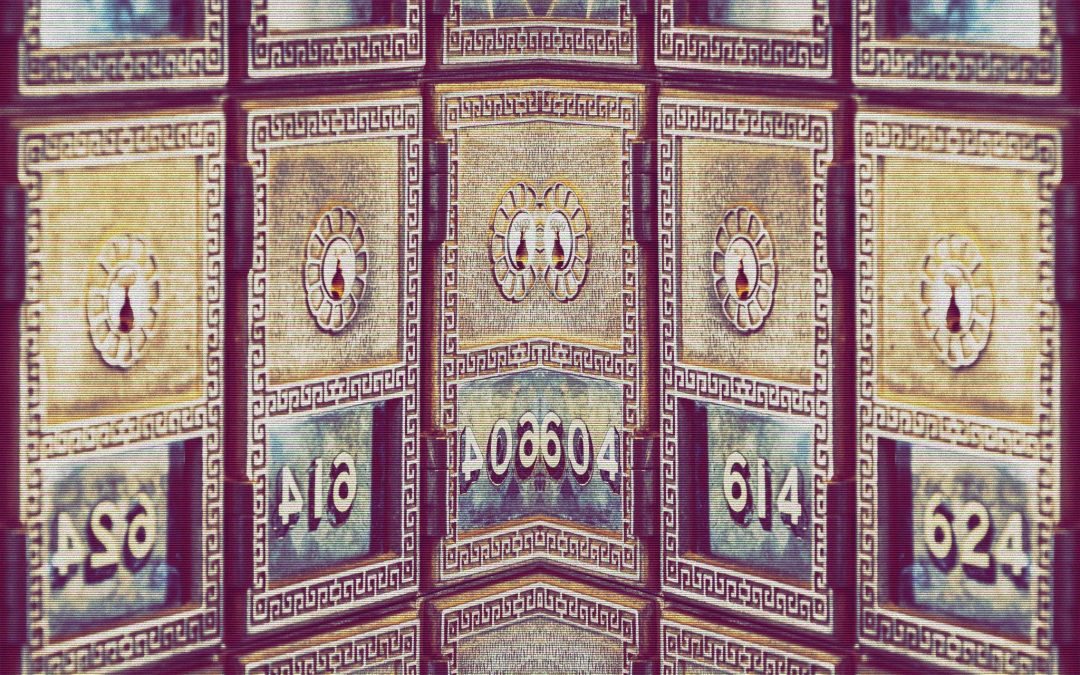As regulators increase their attention on stablecoins, the stage is set for traditional banks to become all the more central to stablecoins’ adoption.
Stablecoins have thus far served as an elegant solution for the cryptosphere. They provide a checking account-like asset enabling traders to get in and out of positions without having to go off chain. Bank deposits don’t live on a blockchain – for now – and are thus an ineffective payment medium for this purpose.
This article is part of Future of Money Week, a series exploring the varied (and sometimes weird) ways value will move in the future.
Yet, no matter the level of financial innovation and all the cryptosphere’s talk of disrupting the traditional financial system, all roads always lead back to the banking system. In stablecoins’ case, it’s with their reserves and their attempts to establish a reputation.
As stablecoins’ reserves come under increasing scrutiny, stablecoin issuers have emphasized their deposits in banks. Many – such as Pax dollar and Binance USD – describe how their coins are backed by fiat deposits in “FDIC-insured banks.” Never mind that the Federal Deposit Insurance Corp. doesn’t insure banks; it insures some deposits, and only up to $250,000 – well below the billions of dollars’ worth of issued USDP and BUSD. Gemini Dollar goes as far as to suggest its holders can get “pass-through” FDIC insurance – that is, per-user FDIC insurance up to $250,000. They can’t. When news broke that Circle’s USD coin had strayed from its claim of being fully backed by dollars “in a bank account,” it quickly announced a shift back to safe assets.
Moreover, these banks aren’t typically household names like Goldman Sachs or JPMorgan, but rather are small banks that have taken on a crypto-friendly identity. Several stablecoins bank with Signature Bank, while the Facebook-turned-Meta’s libra-turned-diem has partnered with Silvergate Bank ahead of its rollout.
Stablecoins aren’t money market funds
The biggest stablecoins’ banking relationships seem to be the most tenuous. Tether, the stablecoin industry leader, holds about 10% of its reserves in “cash and bank deposits” as of its last reviewed attestation. We know little about these banking relationships other than that they include a large deposit at a shrinking Bahamian bank. We know even less about the industry’s silver standard – USD coin. USDC holds 100% of its reserves in what it calls “cash and cash equivalents.” But that is a black box of bank deposits and “highly liquid” investments that mature in 90 days or less. Regardless, it’s clear these holdings are satisfactory for crypto traders’ use cases.
Yet, despite the resemblance of stablecoins’ portfolios to the assets held in the $5 trillion U.S. money market fund (MMF) industry, we shouldn’t necessarily expect stablecoins to perform the same when a crisis comes. MMFs have one thing stablecoins don’t: strong banking relationships.
When the Federal Reserve rescued MMFs in 2008 and 2020, it used U.S. banks and their dealers as intermediaries. As it stands, however, no one on Wall Street has really seen these larger stablecoin players. Tether holds upward of $30 billion of commercial paper in its portfolio, but none of the small group of Street commercial paper dealers has seen it (it’s had to source these assets abroad), and it’s struggled to form any meaningful domestic banking relationship.
And it’s not clear these banking relationships can be quickly formed, even just for assisting in a crisis. An intermediary bank would typically have to attest that the end borrower met the Fed’s terms for lending – which typically include being solvent, being U.S. domiciled, having pledge-able and eligible collateral and more.
Even in the cases of stablecoins that do have U.S. banking relationships, it’s not clear these small banks can quickly perform these functions typically performed by big Street banks. To wit, the Fed’s rescue of MMFs in 2008, in its role as “lender of last resort,” occurred after banks already stepped in on their own.
Also part of Future of Money Week:
The Downside of Programmable Money – Marc Hochstein
The World Bitcoin Will Build – Cory Klippsten
The Future of Money: 20 Predictions
Let the Market Come Up With Better Money Tech – Jim Dorn
Not only do MMFs have banking relationships, but many are sponsored by large banks, which have been quick to intervene to support their affiliated funds. Moreover, banks could use the Fed’s rescue programs to support their own sponsored MMFs – which makes for a quick hurdling of the operational obstacles to a rescue. Stablecoins don’t have recourse to a large bank’s balance sheet or access to large bank’s services and on-lending of Fed assistance in crisis.
For as much as stablecoins market themselves as a nonbank solution, and for as much as they’ve pushed back on the suggestion of bank-like regulation, they still need banks. Their narrative that innovation can occur only outside of the regulated banking sector lacks explanation or historical support.
It therefore stands to reason that stablecoins will likely be subsumed by banks – if not by regulation, then sooner or later by market forces.
The opinions expressed herein are those of the author and do not necessarily represent the opinions of the Yale Program on Financial Stability.














